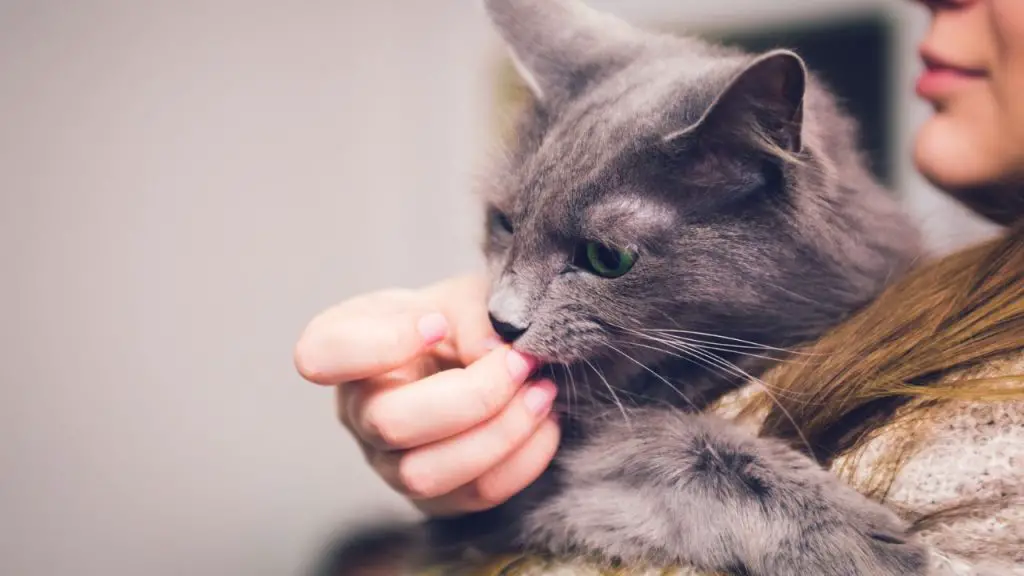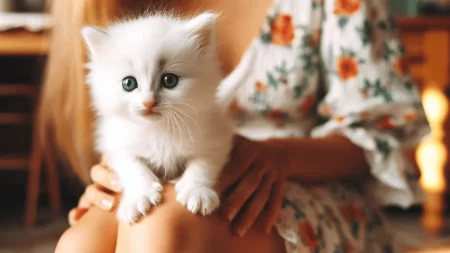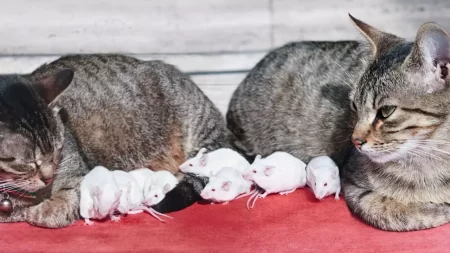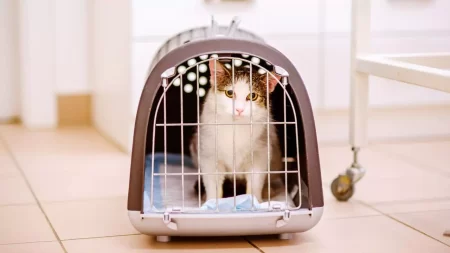Ever pet your cat and gotten bitten? Wondering why? There are lots of reasons! Learn all about it here!
Recognize when cats bite, and how to avoid it. Get the info you need to understand cats’ behavior better.
What is the Phenomenon of Cats Licking and Biting?
Cats licking and biting can be confusing. It can look like contradictory behavior. When a cat licks it’s usually a sign of affection. But then it bites, which is not a great feeling.
There are many causes for this behavior. From medical and physiological to environmental. Fortunately, understanding why your cat does it can help you stop it in the future.
Let’s look at seven common reasons cats lick and bite.
Reason 1: Cats Lick as a Form of Grooming
Cats groom to stay clean and keep their coat healthy. They also shower their owners with affection by licking. This is similar to cats grooming each other. It cleans dirt and binds them together.
When cats lick you, it’s a sign of appreciation. It’s like they consider you part of their species!
Cats also groom their owners to mark their territory. By licking, they leave their scent and feel safe.
Reason 2: Cats Lick as a Sign of Affection
Cats show their love through purring, head-butting and licking. Not only do they lick their feline friends but you too! Licking marks their territory and is a way of claiming the objects they like, such as toy mice, food bowls, and you!
Plus, licking serves many useful functions. Cats have tiny needle-like projections on their tongues called papillae. These act like brushes to keep fur clean. They also help clean wounds and keep the litter box clean. Maybe your cat just loves the taste or texture of your skin! And cats groom each other through licking which strengthens their relationship.
Reason 3: Cats Bite as a Sign of Playfulness
Cats are unique! Their personalities vary due to experiences and their environment. Some cats express love through play, while others may be more aloof. A sign of fondness is when a cat licks you, then lightly bites. This type of ‘playful biting’ is not meant to hurt, just to show affection and excitement!
When your kitty is extra energetic, watch out for this kind of behavior. If they start getting too rough, gently offer them a new toy to focus on instead.
Reason 4: Cats Bite as a Sign of Territoriality
Cats’ bites have many reasons. Loving licks and bites often go together. Reason 4 is territoriality and playfulness. Cats “own” things by licking them. When cats play, they can become territorial. Biting shows how much cats like you!
Playful cats sometimes use their bites to invite play. It’s important to respect boundaries when playing with cats. If the cat swats toys or displays aggression, it’s time to stop. A good rule is to stop playing before the cat does. That way, you won’t have issues with aggressive behavior like biting.
Reason 5: Cats Bite as a Sign of Fear and Anxiety
Cats can bite due to fear and anxiety. This is instinctive behavior. When cats are scared, they may bite if they can’t escape. Fear of biting can be seen in many ways; cats may lick you before biting, as this helps them to relax. The intensity of the bite can depend on how scared the cat is and how far away the danger is.
To prevent fear of biting, take your cat back to its comfort zone, so that smell can help it to relax.
Reason 6: Cats Bite as a Form of Discipline
Cats giving love nibbles or gentle bites is not unusual. It could be a sign of affection and your cat wanting attention. But it could also be a way of disciplining you for something your cat didn’t like. You should treat the bite like any other bad behavior. Firmly say ‘no’ and give your cat something else to focus on.
If it doesn’t work, think about talking to an animal behaviorist. They will be able to give you advice on how to train your cat.
Conclusion
Understand your cat’s licking and biting behavior. Licking is a sign of affection, but cats may bite out of frustration or discomfort. Communication and positive reinforcement are key for successful behavior management.
Provide proper vet care and socialization to avoid escalating behaviors. Don’t punish your cat; use treats or toys for positive learning experiences.
Show your cat love and affection, so he knows you’re his companion and ally.







